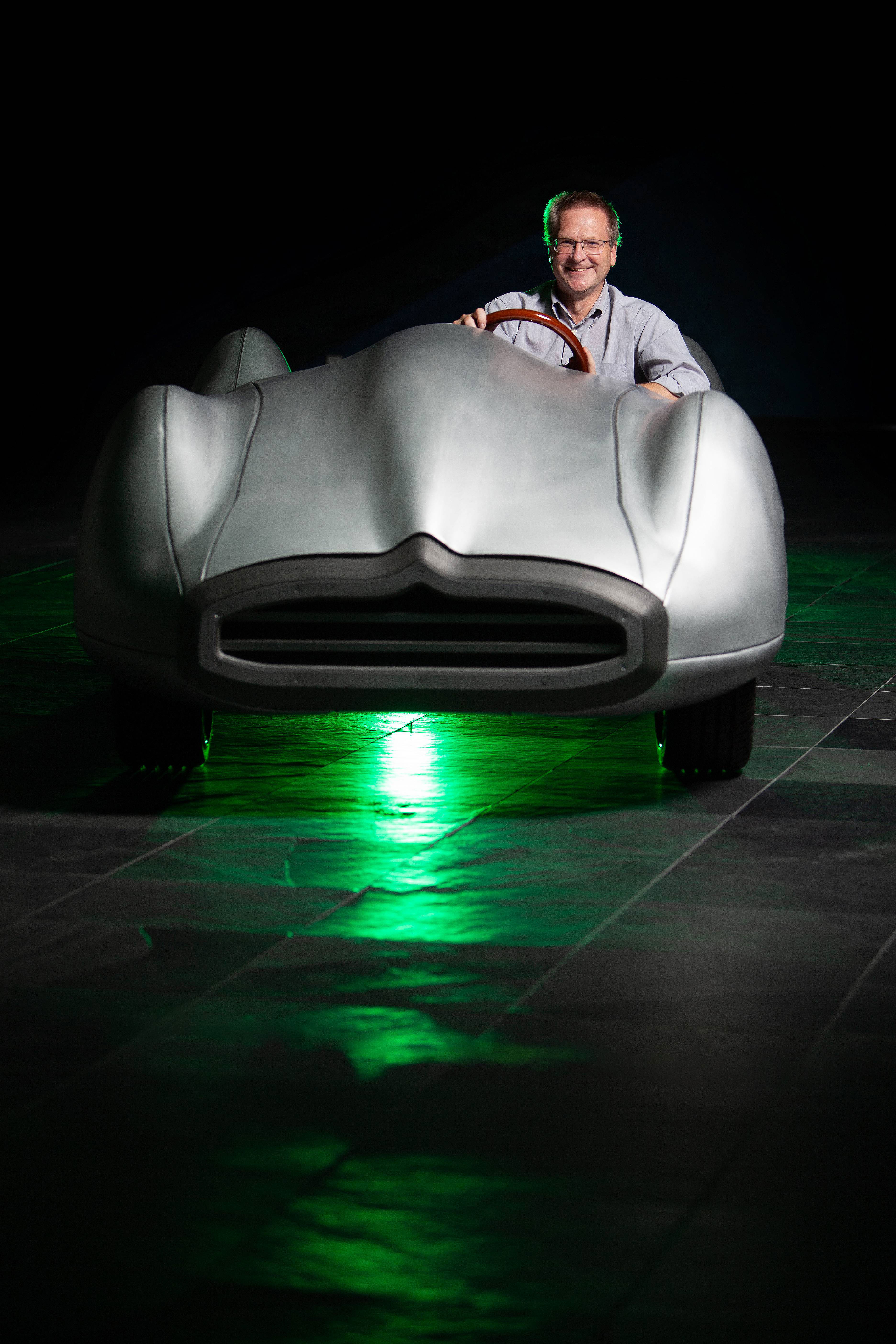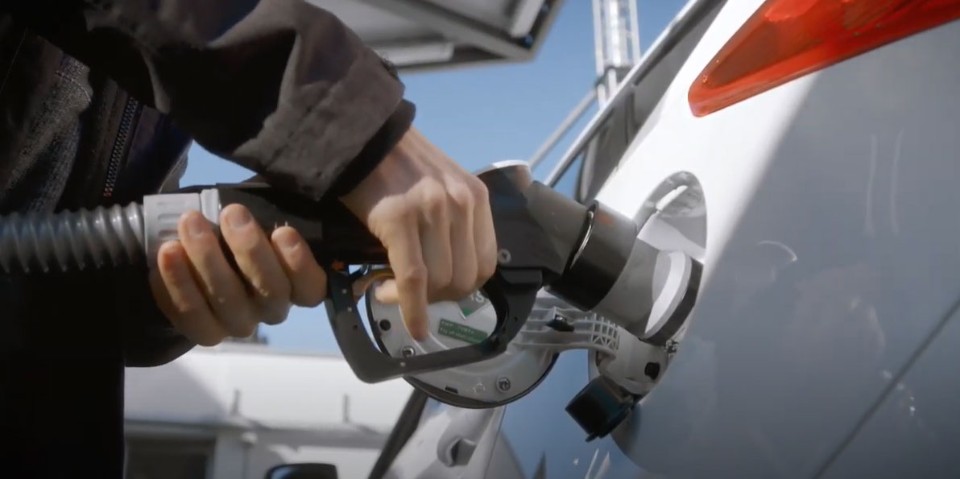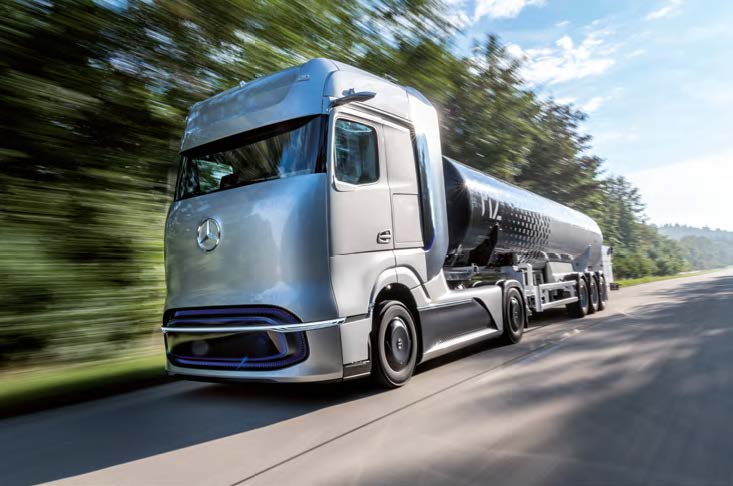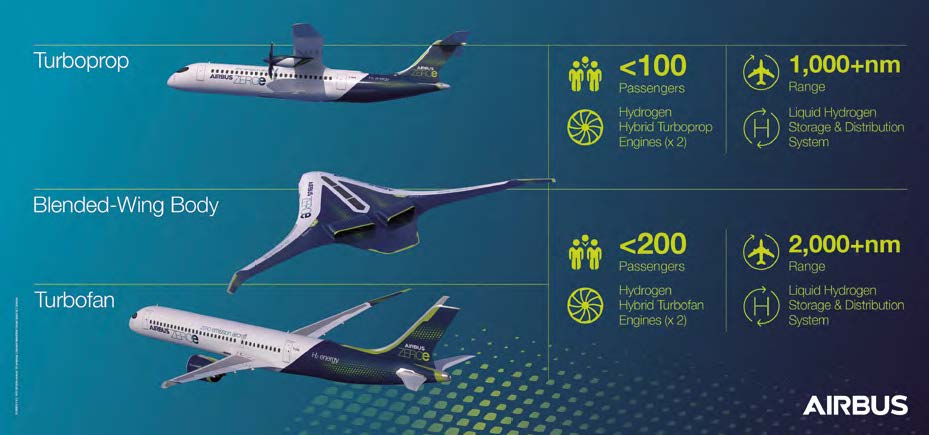
Web special of the cover story of Fraunhofer magazine 3.2020
Gasoline and diesel engines – powered, as they are, by fossil fuels – are about to reach the end of road. Instead, new propulsion systems are urgently required for road, rail, sea and air. Is this the dawn of the hydrogen age?
As the HYRAZE League shows, the latest mobility trends have now reached the world of motorsport. Scheduled to launch in 2023, this new series will be contested by cars powered by hydrogen. Although equipped with 800-horsepower engines boasting an acceleration that can propel them from zero to 100 km/h in less than three seconds, these racing machines will produce practically no emissions.
Fraunhofer, meanwhile, is working to preserve a piece of history for the future. In a project known as Silberhummel – “Silver Bumblebee” – the Fraunhofer Institute for Machine Tools and Forming Technology IWU is seeking to bring together two branches of engineering: the low-cost development of prototype vehicles and fuel cell technology. The Silberhummel project is based on a racing car designed – but never produced – by the automaker Auto Union AG, back in 1940. Fraunhofer IWU has reconstructed the vehicle, including body parts, and fitted it with a fuel cell drive. “Our Silberhummel will remain at the cutting edge of fuel cell technology,” explains Sören Scheffler from Fraunhofer IWU, “because we are going to successively replace components as newer and improved ones become available.”
Yet hydrogen can do more. And more is expected of hydrogen. Indeed, hydrogen can provide the key to achieving the world’s climate targets. This is the key message of the German federal government’s National Hydrogen Strategy, a plan of action that covers 38 measures designed to promote the production, transport and use of hydrogen – and which thereby maps out the necessary steps required to achieve key climate goals. These include, for example, the creation of between 1.5 and 2 gigawatts of installed capacity for the electrolysis of green hydrogen by 2023 and a 20 percent increase in the share of renewable energy in the transport sector by 2030. In short, the promotion of technologies based on green hydrogen is vital for Germany’s future viability as an industrial location. Federal government is supported in this task by the National Hydrogen Council, members of which include Dr. Karsten Pinkwart from the Fraunhofer Institute for Chemical Technology ICT and Dr. Sylvia Schattauer from the Fraunhofer Institute for Microstructure of Materials and Systems IMWS.



